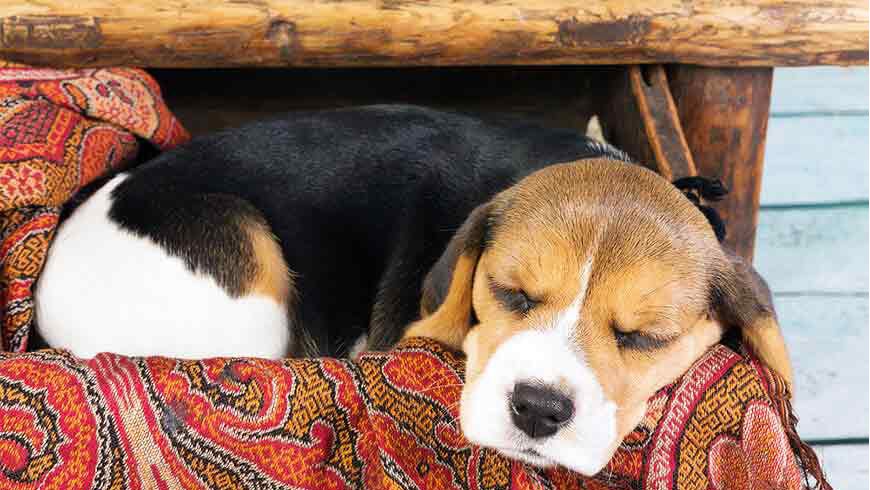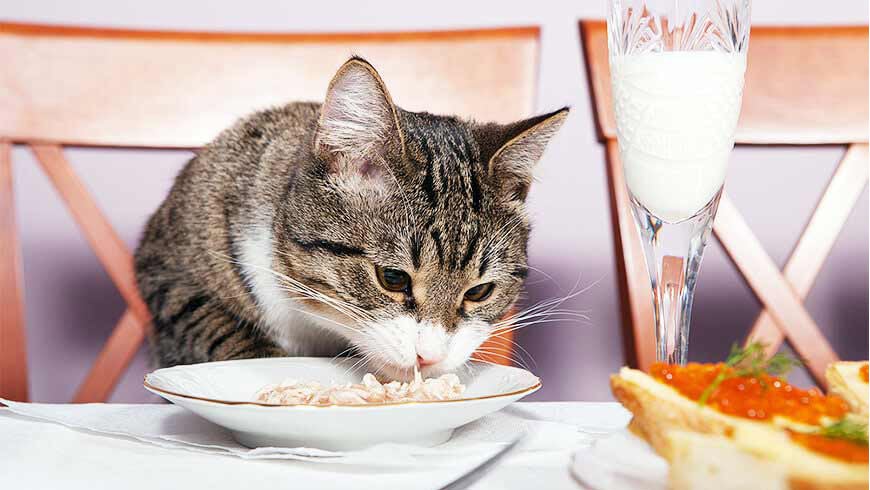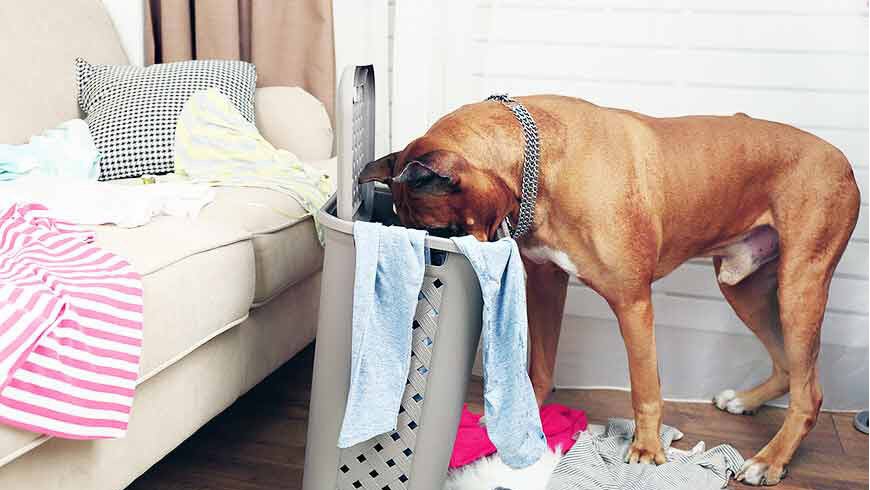Home safety guide for pet owners

Australia is one of the top pet-loving nations in the world, with ownership levels at 66%1 of all households and more than 7.5 million cats and dogs2. Many pet owners are well aware that the human world can hold threats and dangers for our favourite animal companions. Beyond exercise and a good diet, our pets need us to ensure that any potential dangers in the family home are removed.
This home safety guide takes you through the most common household hazards, so you can reduce the risk of injury and be certain that you’re doing all that you can for your pet’s well-being and health.
Common household hazards

The average home has lots of potential dangers for cats, dogs, and other animals. Batteries, household cleaning products, and other everyday items we take for granted are serious risks for animals that need to be stored out of their reach.
- Chemicals and other toxins – Whether it’s the bottles of antifreeze and kerosene in the garage, insecticides in the garden shed, medication or detergent, keep chemicals locked away in your cupboards to make sure your pets can’t get at them. Cats and dogs in particular love to explore and chew on novel items they find around the home, so don’t assume that bottle of bleach is inaccessible to your animal companion just because it’s in a plastic bottle.
- Wires and other danger items – Wires, razors, sharp tools and utensils, and anything else small enough to be a choking item needs to be carefully stowed away or otherwise kept out of the reach of your pet. Common choking items include Christmas decorations, tinsel, dental floss, and toothbrushes. Keep these well out of the reach of your pets.
- Everyday danger items – Everyday items of risk such as tobacco, mothballs, rubber bands and string can be choking or toxic hazards for your animals. Clean up quickly after using these items or avoid using them altogether.
Food safety

Food safety is another major issue to watch out for, especially since it’s easy to forget that many of the foods we take for granted can be indigestible or even highly toxic to your pet. If you’re ever tempted to share your food with them, always first check that it’s absolutely safe for your cat or dog to eat.
- Garlic and onions – Avoid feeding garlic, onions, leeks, and chives as these foods can cause gastrointestinal upsets in your pets.
- Raw meat and cooked bones – Raw or undercooked meat and eggs can contain harmful bacteria such as salmonella, so avoid feeding these to your pets. Cooked bones can be a choking hazard for animals.
- Common human foods – Common human foods, drinks, and condiments such as mushrooms, chocolate, coffee, milk, lollies, nuts, yeast dough, and avocados can be toxic for pets or make them sick.
- Rubbish and other household items – Some animals can be attracted to spoiled food in the rubbish bin or items such as toothpaste and alcohol. Keep these out of reach of your pets and always use a lidded bin in the kitchen area so your pets can’t get at spoiled food.
Pet-proofing the home

Every home is different and there’s no standard way to ensure your spaces are pet proof. However, err on the side of caution when it comes to restricting access.
- Kitchen area – With electrical appliances, hot ovens and stoves, sharp utensils, and garbage bins, the kitchen is a hazardous area for pets. Whether you keep your pet out or make sure hazards are locked away in cabinets, pets can be very creative when it comes to gaining access to food or other things they’re curious about.
- Laundry and toilets – Cats love warm washing machines and other spaces – and both cats and dogs have been known to drink from the toilet bowl – so it’s best to keep them out of the laundry and toilet areas if possible. Do a quick check of the washer and dryer before you do a load of laundry, as cats have been known to creep into machines for a nap.
- Cabinets – Use child locks on cabinets with any toxic chemicals, cleaning supplies, and other risks to your pets.
- Electrical items – Dogs and puppies have been known to chew on wires and other electrical components, so store wires away and out of their reach when not in use, or cover them with plastic guards.
- Outdoor spaces – Keep toxic fertilisers, chemicals, and solutions locked away in garages or garden sheds. Don’t give you pet access to these spaces. Make sure any plants you have and gardening items you use – such as weed killers and snail bait – are non-toxic if your pet is allowed to roam in the garden.
- Furniture – If your dog or puppy likes to chew on furniture legs and corners, spray these with bitter apple solution. Bitter apple is non-toxic and is effective for deterring pets.
- Windows – Cats love looking out the window, and they’ve been known to jump through window screens if there are birds and other attractions outside. Keep these reinforced and do regular inspections to check for holes that could allow your cat to jump or scratch through it.
11 May 2016